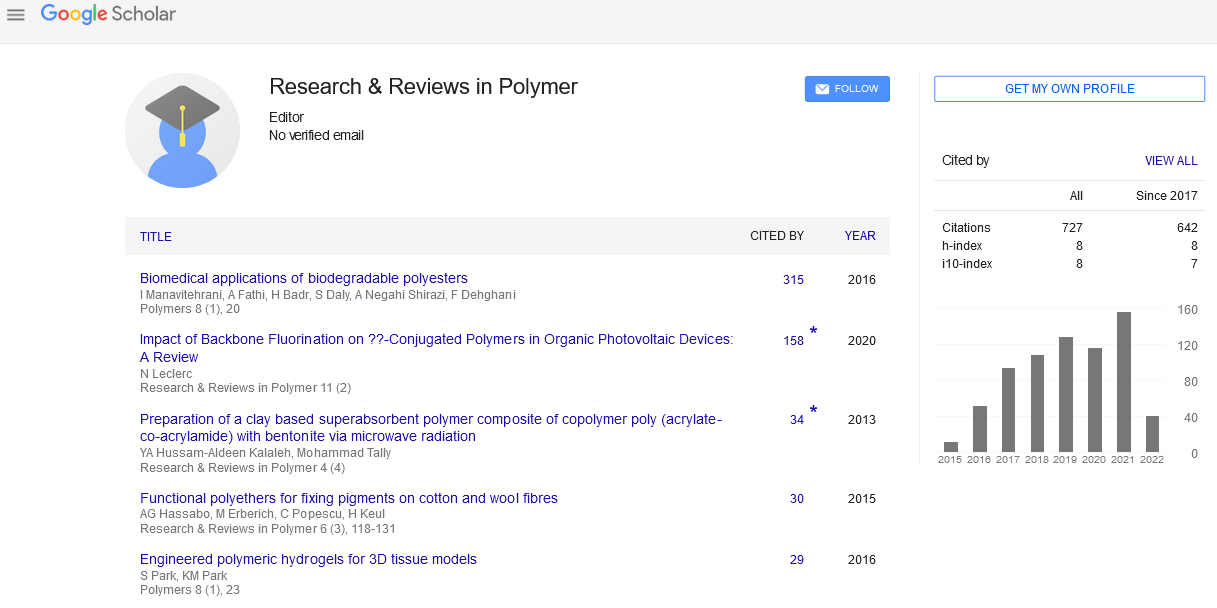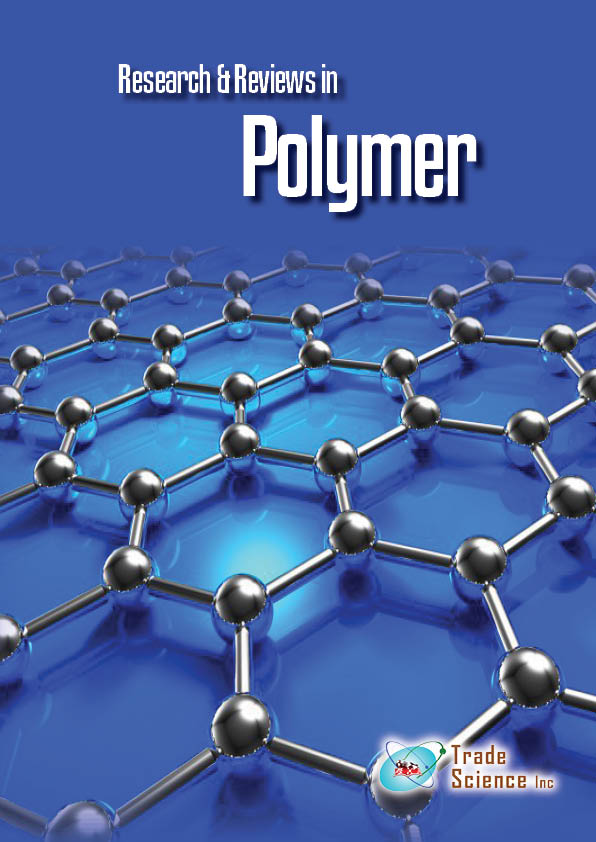Abstract
Crystallographic Transformations Governing Thermoelasticity and Superelasticity in Shape Memory Alloys
Author(s): Osman AdiguzelSome materials take place in class of advanced smart materials with adaptive properties and stimulus response to the external changes. Shape memory alloys belong to this group, due to the shape reversibility and capacity of responding to changes in the environment. These alloys exhibit a peculiar property called shape memory effect, which is characterized by the recoverability of two certain shapes of material at different temperatures. These alloys have dual characteristics called thermoelasticity and superelasticity, from view point of memory behavior. Two successive thermal and stress induced martensitic transformations govern thermoelasticity and superelasticity in crystallographic basis. Thermal induced martensite occurs upon cooling beside with lattice twinning, and ordered parent phase shapes turn into twinned martensite structures, and these twinned structures becomes detwinned martensite structures by means of strain induced martensitic transformation, under low temperature condition by stressing material. Superelasticity is performed by stressing and releasing material at a constant temperature in parent phase region, and shape recovery is performed simultaneously upon releasing the applied stress. Superelasticity is performed in unsystematic way; stressing and releasing paths are different in the stress-strain diagram, and hysteresis loop refers to energy dissipation. Superelasticity is also result of stress induced martensitic transformation, with which ordered parent phase structures turn into the detwinned martensitic structures on stressing, and detwinned structures turn into the ordered parent phase structure upon releasing, by means of reverse austenite transformation.
The elementary processes involved in such martensitic transformations are lattice invariant shear, lattice twinning and detwinning. It is well known that crystal twinning and detwinning reactions play a considerable role in shape memory effect and superelasticity.
Shape memory alloys are functional materials due to the response to the external conditions, and used as shape memory elements in many fields of industry, engineering and other sectors. Shape memory effect is initiated by cooling and deformation processes in shape memory alloys, and performed thermally on heating and cooling after these processes. Therefore this effect can be called thermoelasticity. These alloys recover the original shape on heating and cycle between deformed and original shapes on cooling and heating. Thermal induced martensitic transformation is governed by lattice twinning, by means of lattice invariant shear; and the ordered parent phase structures turn into twinned structures. This transformations occur as martensite variants with cooperative movements of atoms by means of lattice invariant shears on a {110}-type plane of austenite matrix, and the transformed region consists of parallel bands containing alternately two different variants. These variants form internally twinned martensite regions. In the absence of external stress, multiple martensite variants are formed without causing any macroscopic deformation as lattice twins in self-accommodating manner.
Experimental studies have been performed on two copper based ternary shape memory alloys, with the following compositions; Cu-26.1%Zn 4%Al and Cu-11%Al-6%Mn (in weight). Martensitic transformation temperatures of these alloys are over the room temperature and they are entirely martensitic at room temperature. Specimens of these alloys were solution treated for homogenization in the ï¢-phase field (15 minutes at 830C for CuZnAl alloy and 20 minutes at 700C for CuAlMn alloy), then quenched in iced-brine to retain the ï¢-phase and aged at room temperature after quenching. Powder specimens for x-ray examination were prepared by filling the alloys, these specimens were heated in evacuated quartz tubes in the ï¢-phase fields for homogenization and quenched in iced-brine. X-ray diffraction studies carried out on these specimens, and x-ray diffraction profiles were taken from the quenched specimens using Cu-Kï¡ radiation with wavelength 1.5418 Å. Powder samples of the alloys were aged at room temperature, and a series of x-ray diffractograms were taken in a long term interval, and compared with each other.
X-ray powder diffractograms and electron diffractions were taken from the samples in a long term interval. X-ray diffractograms and electron diffraction patterns reveal that both alloys have the ordered structure in martensitic condition, and exhibit superlattice reflections, ,the details were given elsewhere [1]. X-ray diffractograms and electron diffraction patterns reveal that both alloy have the ordered structure in martensitic condition, and exhibit superlattice reflections. A series of X-ray powder diffractograms and electron diffraction patterns were taken from both CuZnAl and CuAlMn alloy samples in a large time interval and compared with each other. It has been observed that electron diffraction patterns exhibit similar characteristics, but some changes occur at the diffraction angles and intensities on the x-ray diffractograms with aging duration. These changes occur as rearrangement or redistribution of atoms in the material, and attribute to new transitions in diffusive manner [1-3]. The ordered structure or super lattice structure is essential for the shape memory quality of the material. In the shape memory alloys, homogenization and releasing the external effect is obtained by ageing at β- phase field for adequate duration.
It can be concluded from the above results that the copper-based shape memory alloys are very sensitive to the ageing treatments. The diffraction angles and intensities of x-ray diffraction peaks changes with the ageing time in martensitic condition.

